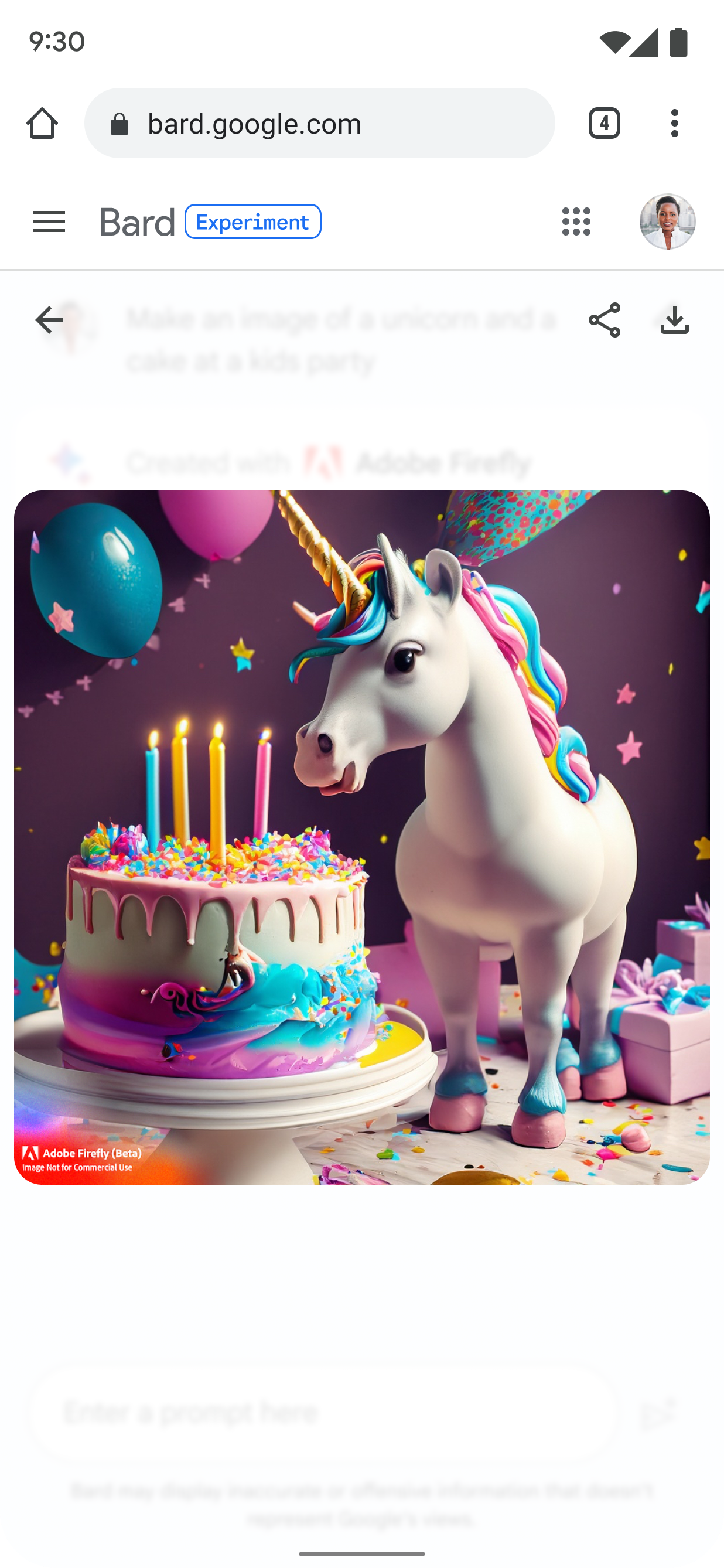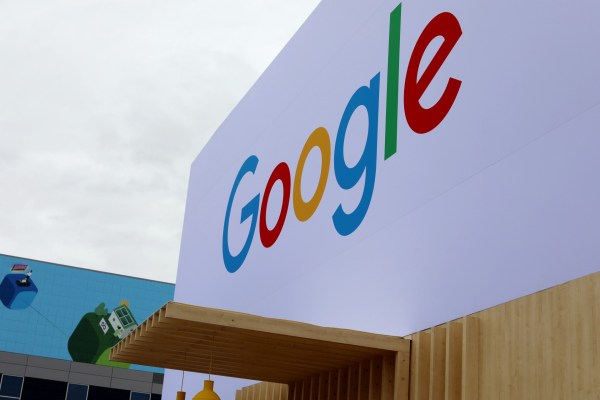Bard, Google’s answer to OpenAI’s ChatGPT, is getting new generative AI capabilities courtesy of Adobe.
Adobe announced today that Firefly, its recently introduced collection of AI models for generating media content, is coming to Bard alongside Adobe’s free graphic design tool, Adobe Express. Firefly — currently in public beta — will become the “premier generative AI partner” for Bard, Adobe says, powering text-to-image capabilities.
“Adobe has been a leader in creativity for many decades,” Alexandru Costin, VP of generative AI at Adobe, told TechCrunch in an email interview. “The partnership between Google and Adobe brings the best model designed to be commercially safe closer to the best search engine and enables Bard customers to tap into the power of Firefly — creating, styling and taking their content to the next level by using Adobe Express.”
The partnership follows on the heels of the launch of Image Creator, Microsoft’s generative AI tool built into its Bing Chat chatbot, powered by OpenAI’s DALL-E 2. From the sounds of it, the Firefly experience in Bard will be similarly robust — and perhaps more so.
In the coming days, Bard users will be able to generate images via Firefly and then modify them using Express. Within Bard, users will be able to choose from templates, fonts and stock images as well as other assets from the Express library.

Image Credits: Adobe
“The initial integration will focus on enabling the Bard user to easily take their generated Firefly image to the Express website, allowing the user to continue their workflow,” Costin said. “With Firefly, we’ve been exploring integrations with multiple partners and enterprises to enable them to serve their customers.”
Adobe further explains the setup in a blog post published this morning:
Say for example you’re opening a yoga studio and want to create a social media ad for new customers. You can get started and inspired by asking Bard to generate an image like a “giraffe doing a yoga pose.” You can then use Express and a ready-to-go template (or create something from scratch) with your new image as a centerpiece and quickly modify it with easy-to-use editing tools in Express. You can even post directly to your favorite social media channels from Express!
Adobe argues that, unlike some of the generative AI tools available today, Firefly is designed to generate images free from copyrighted materials. Firefly in Bard will be trained on hundreds of millions of licensed images from Adobe Stock, Adobe’s stock content library, Adobe says, along with openly licensed images and public domain content where the copyright has expired.
Some experts suggest that training models using public images, even copyrighted ones, will be covered by fair use doctrine in the U.S. But it’s a matter that’s unlikely to be settled anytime soon. To wit, two companies behind popular AI art tools, Midjourney and Stability AI, are in the crosshairs of a legal case that alleges they infringed on the rights of millions of artists by training their tools on web-scraped images.

Image Credits: Adobe
Adobe and Google are clearly eager to distance themselves from the controversy — at least judging by the language in the blog post.
“Both Adobe and Google are approaching this partnership through a creator-centric lens,” Adobe writes. “We’re … empowering creators to tell their stories authentically while providing an avenue for content consumers to verify how and where content was created and modified.”
It’s not all marketing fluff. Adobe’s using technology from the Content Authenticity Initiative (CAI), an association founded to promote industry standard provenance metadata for media, to tag images created with Firefly via Bard with “content credentials.” These credentials, which are generated automatically and remain associated with content wherever it’s used, published or stored, contain information like which model was used to generate a piece of art; the name and date the art was created; and any edits made to that image.
Adobe claims that CAI, founded in 2019, now has over 1,000 active members, including Stability AI and Spawning AI, a startup developing tools to allow artists to “opt out” of generative AI training datasets. Among the others are media outlets, news publishers and Big Tech companies, such as the Associated Press, the BBC, Getty Images, Microsoft, Nikon, Reuters and The Wall Street Journal.
Notably absent from CAI’s membership is Google, ironically.

